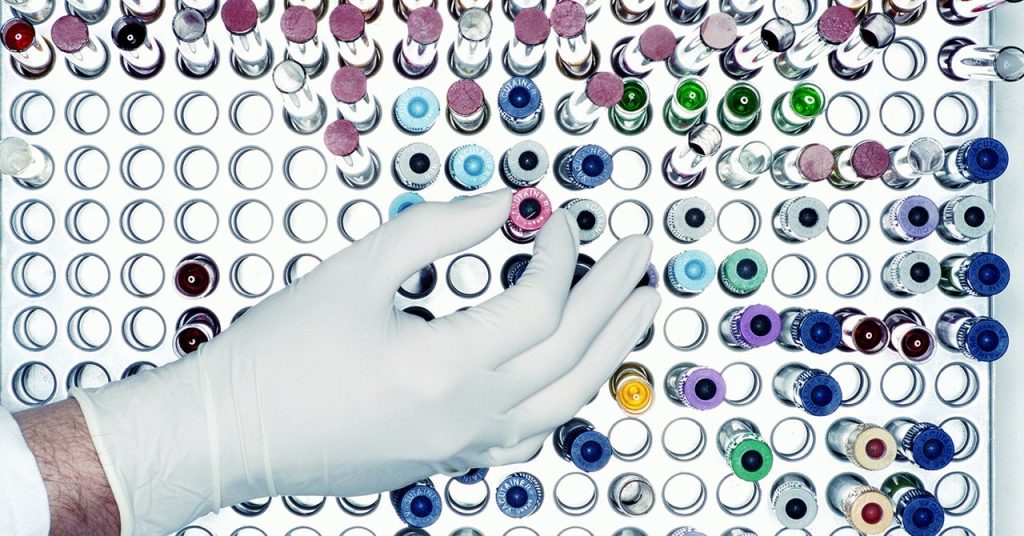A Promising Step Forward in the Quest for an HIV Vaccine
The human immunodeficiency virus (HIV) has been a formidable foe since its identification in 1983. While pre-exposure prophylaxis (PrEP) can significantly reduce the risk of contracting HIV, it requires daily adherence for optimal effectiveness. However, a recent study has shed light on a potential breakthrough in the development of an HIV vaccine.
“This is one of the most pivotal studies in the HIV vaccine field to date,” says Glenda Gray, an HIV expert and the president and CEO of the South African Medical Research Council, who was not involved in the study.
The Challenges of Creating an HIV Vaccine
Despite the success of rapidly developing vaccines against other viruses, such as COVID-19, creating a vaccine against HIV has proven to be a daunting task. The unique nature of the virus poses several challenges:
- HIV mutates rapidly, allowing it to evade immune defenses.
- The virus integrates into the human genome within days of exposure, hiding from the immune system.
- Parts of the virus resemble human cells, making it difficult for the body to produce antibodies against it.
The Role of Broadly Neutralizing Antibodies
Researchers are particularly interested in broadly neutralizing antibodies, which can recognize and block different versions of HIV. These antibodies are crucial for an effective vaccine, as there are two main types of HIV, each with several strains. Some HIV-infected individuals generate these antibodies, but it often takes years of living with the virus to do so, and even then, the body doesn’t produce them in sufficient quantities to fight off the virus.
“These are weird antibodies,” Haynes says. “The body doesn’t make them easily.”
Accelerating the Production of Broadly Neutralizing Antibodies
Barton Haynes, director of the Duke Human Vaccine Institute, and his colleagues aimed to expedite the process of producing broadly neutralizing antibodies in healthy, HIV-negative individuals. Their vaccine utilizes synthetic molecules that mimic a stable part of HIV’s outer coat called the membrane proximal external region. Antibodies targeting this region can block many circulating strains of HIV.
Trial Results and Future Directions
The trial, which enrolled 20 healthy, HIV-negative participants, showed promising results. Two doses of the vaccine were sufficient to induce low levels of broadly neutralizing antibodies within a few weeks. The antibodies were able to neutralize between 15 and 35 percent of HIV samples tested in the lab. Additionally, B cells appeared to remain in a state of development, allowing them to continue acquiring mutations and evolve alongside the virus.
Jeffrey Laurence, a scientific consultant at the Foundation for AIDS Research (amfAR) and a professor of medicine at Weill Cornell Medical College, acknowledges the findings as a step forward but emphasizes the need for further work. Higher antibody levels, greater neutralization efficacy, and a single-dose vaccine would be ideal for global impact.
The next step, according to Haynes, is to design a vaccine with at least three components targeting distinct regions of the virus. The goal is to guide B cells to become stronger neutralizers. “We’re going to move forward and build on what we have learned,” Haynes says.

6 Comments
After years of setbacks, could this breakthrough be the game-changer in the fight against HIV?
Fingers crossed, maybe this time the science community has nailed it in the HIV battle!
Could this be the dawn of a new era in medicine, or just another hopeful headline?
This could be the breakthrough we’ve been waiting for; fingers crossed it’s not another false dawn.
A game-changer in medical science, let’s hope the hype holds up!
Finally, a light at the end of the tunnel for HIV research!